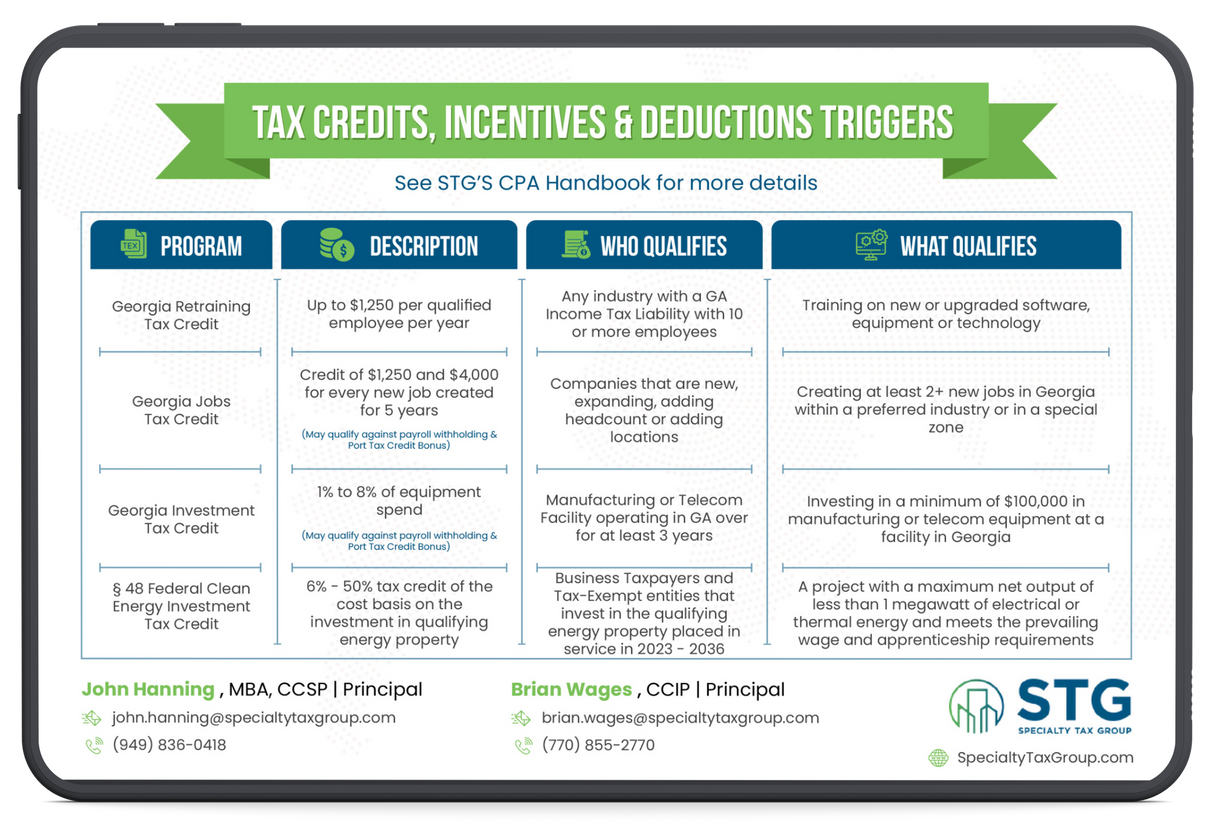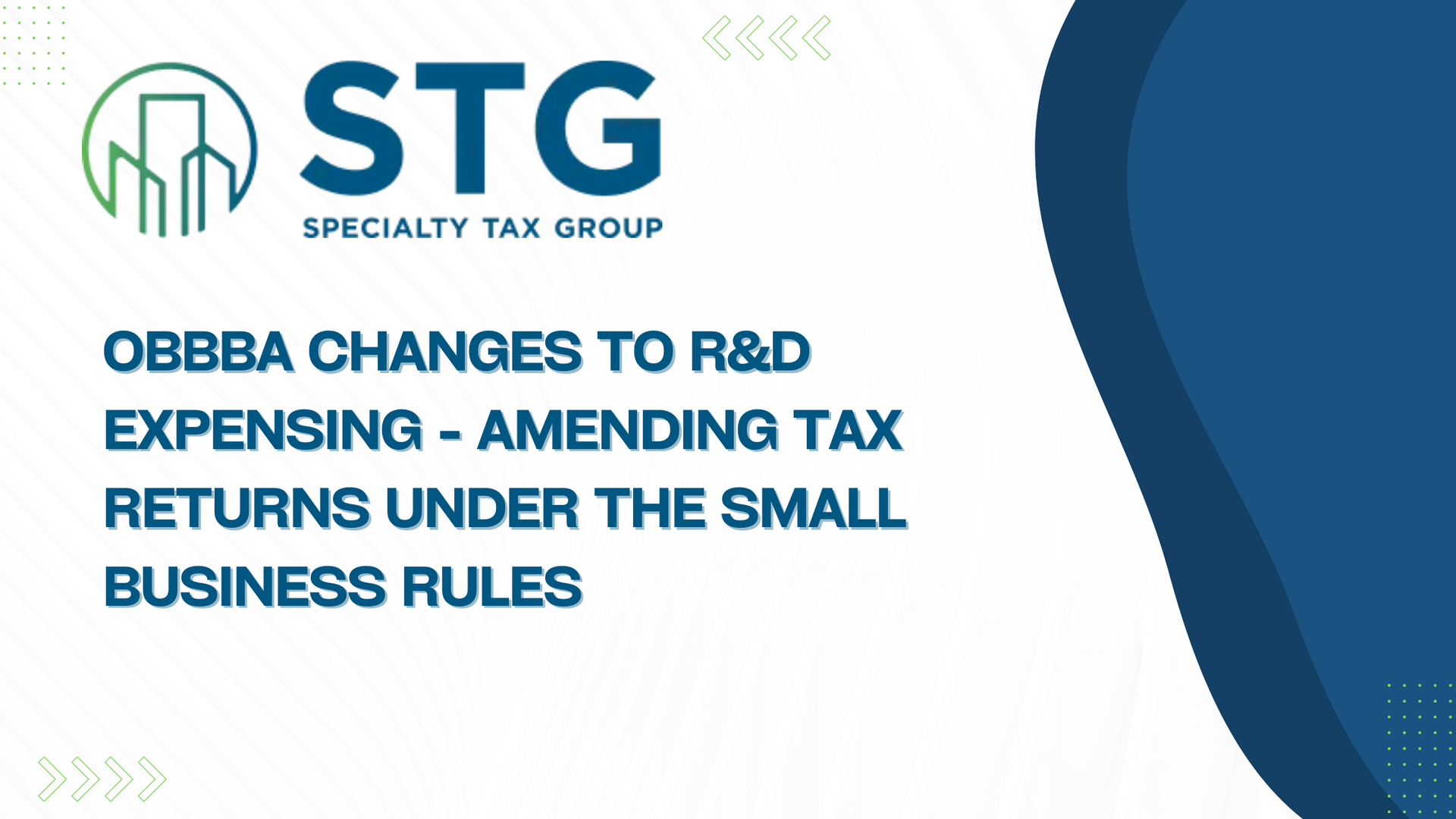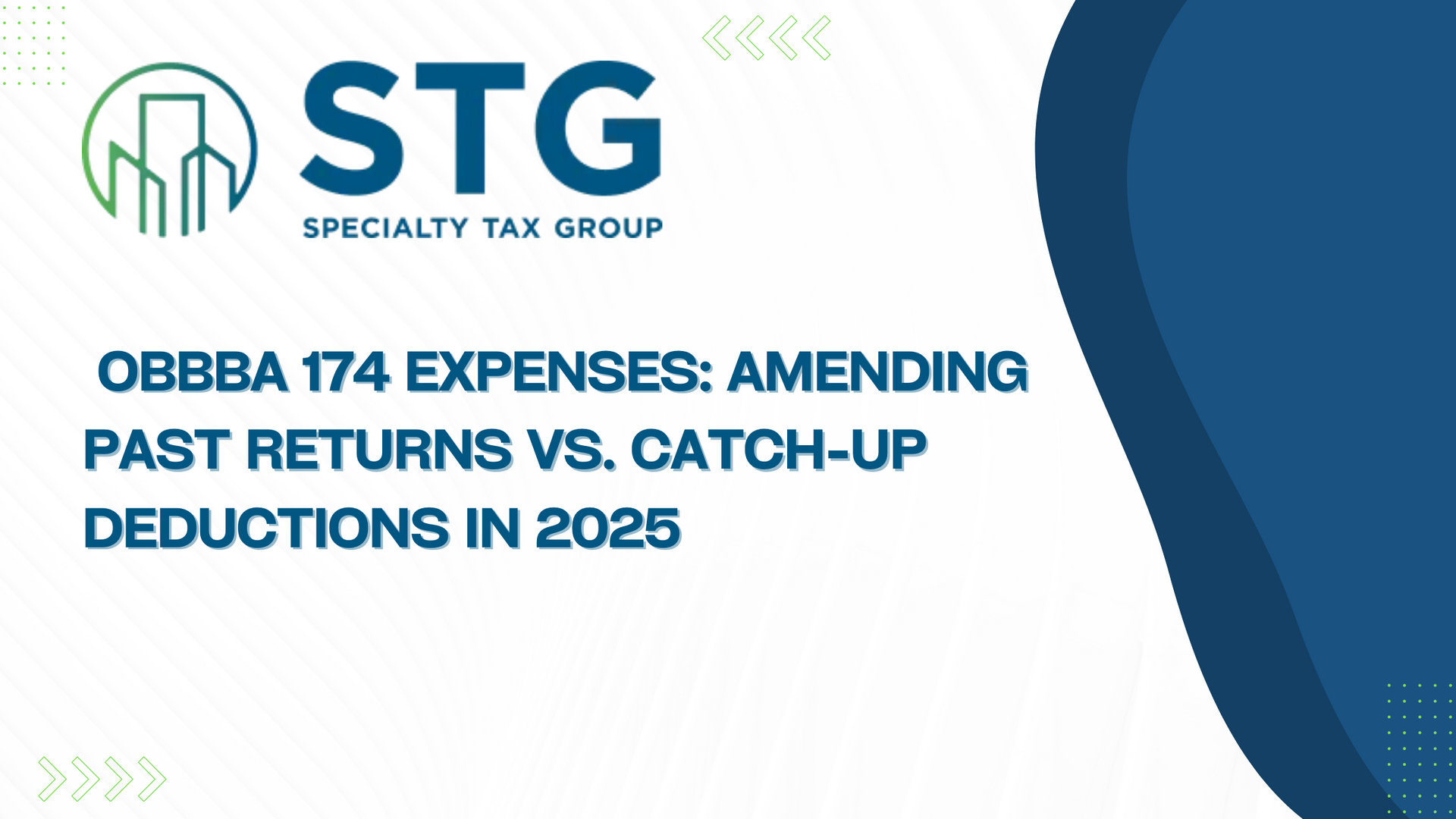This blog post has been researched, edited, and approved by John Hanning and Brian Wages. Join our newsletter below.

A major reason commercial real estate is so profitable is its ability to take advantage of depreciation. As buildings deteriorate over time, the IRS enables investment property owners to deduct a specific amount from their income before taxes are applied as depreciation expenses each year. It's an imaginary or paper expense, so you are not paying for it out of pocket. The more you claim in depreciation, the more money you can keep after taxes.
What is Cost Segregation?
Cost segregation is a widely used strategic tax planning tool. It allows firms and people who have built, bought, expanded, or remodeled real estate to boost their cash flow by:
- Speeding up depreciation deductions
- Deferring state and federal income taxes
The main objective of a cost segregation study is to determine all property-related costs that can be depreciated over a period of 5, 7, and 15 years.
Who Can Benefit From A Cost Segregation Study?
A cost segregation study can provide significant tax savings and cash flow benefits for commercial property owners. Here are some of the main advantages:
- Accelerated Depreciation Deductions: By separating out assets with shorter tax lives, a cost segregation study can accelerate depreciation deductions in the early years of ownership. This leads to increased cash flow as less tax is owed.
- First Year Tax Savings: Industry reports indicate that first-year tax savings range from 10-20% of the overall property value thanks to accelerated depreciation. For a $1 million property, this could mean $100,000 to $200,000 in tax savings in year one.
- Total Tax Savings Over Time: Over the first 20 years of ownership, total tax savings from a cost segregation study on a commercial property can range from $150,000 to $300,000. The higher the property value, the greater the potential savings.
- Improved Cash Flow: The accelerated depreciation provides more cash in hand during the early years of ownership, which can be used to pay down debt or reinvest in the business. This enhances the property's cash flow in the important early years.
- Increased Property Valuation: Some reports show properties with cost segregation studies in place can have a higher resale value and sale price. This makes the property more attractive to potential buyers.
Getting a qualified cost segregation specialist to conduct a study is important to realize the full benefits and accurately account for complex IRS rules. But for commercial real estate owners, the rewards are well worth the upfront investment.
Who Can Benefit From A Cost Segregation Study?
If you own residential or commercial property with a tax liability, you can benefit from a cost segregation study. The opportunities exist for:
- Newly built or acquired buildings
- Buildings built or acquired in previous years
- Properties built or bought during or before 1988
- A major expansion, remodel, or renovation activities
The cost of a cost segregation study typically ranges from $5,000 to $15,000 depending on the property size and complexity.
How Is Depreciation On A Commercial Real Estate Calculated?
There are several ways to track depreciation. But, the easiest way is to find out how long it takes the property to deteriorate completely, which is also known as its useful life. Then divide the amount you paid for it by that number of years.
This method is known as straight-line depreciation because you claim the same amount in depreciation expense each year. The IRS has established rules for the length of time to use for various items in these calculations:
- Commercial real estate is expected to last 39 years.
- Single and multi-family rentals are expected to last 27.5 years.
How Does Cost Segregation Work?
The term "cost segregation" sounds complicated, but it works the exact same way. The IRS has different time frames for how long different things will last. So, it is often useful to split up the portion of the selling price you paid for the property even further. As the total lifespan of an item decreases, the annual depreciation expense increases. By redefining which IRS category something belongs to, you can claim it has a shorter lifespan. In this way, you can increase the amount you spend in the early years of ownership.
Hence, it is known as
accelerated depreciation. As this expense is a paper loss, the more you can make it, the more income you can avoid from being taxed. How quickly you can benefit from depreciation ultimately depends on how much of your property falls into each of the IRS's four different categories.
Here are IRS's four different categories:
- Land: The land is not expensed.
- Building: A commercial building is expensed over 39 years. A residential building is expensed over 27.5 years.
- Personal property: Personal property that you choose, such as bathroom fixtures or carpeting, can be expensed over 5 or 7 years.
- Land improvement: Land improvements like sidewalks or fencing can be expensed over 15 years.
The Bottom-line
Cost segregation can be one of the most beneficial tax strategies for property owners. Speeding up depreciation deductions leads to a reduction in taxable income and taxes due. The boundaries and definitions on where different things fit can be vague. Therefore, you must hire skilled professionals to conduct a cost segregation study on your property. Generally, those conducting the study will have a team comprising lawyers, accountants, and engineers working together to determine which things fit in each IRS category.
Contact Specialty Tax Group (STG) cost segregation specialists to conduct cost segregation study on your property..





